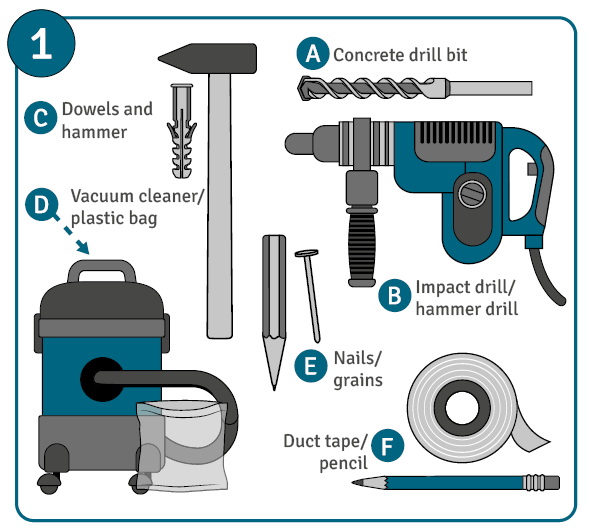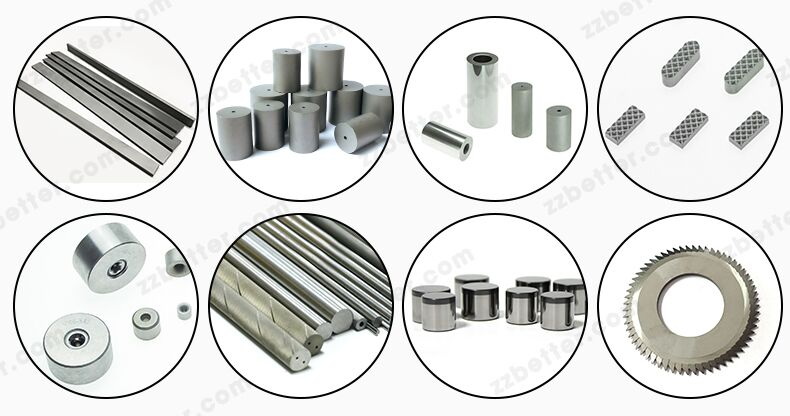Content Menu
● Introduction to Tungsten Carbide
>> Composition of Tungsten Carbide
● Manufacturing Process of Tungsten Carbide Tools
>> 1. Raw Material Preparation:
>> 2. Compaction:
>> 3. Sintering:
>> 4. Grinding and Shaping:
>> 5. Coating (Optional):
● Applications of Tungsten Carbide Tools
>> Case Study: Tungsten Carbide in Mining
>> Case Study: Tungsten Carbide in Aerospace
● Challenges and Future Developments
>> Emerging Trends in Tungsten Carbide Production
>> Environmental Considerations
● Conclusion
● FAQ
>> 1. What are the primary components of tungsten carbide?
>> 2. How is tungsten carbide sintered?
>> 3. What are the common applications of tungsten carbide tools?
>> 4. Why is cobalt used in tungsten carbide?
>> 5. Can tungsten carbide tools be coated?
● Citations:
Tungsten carbide tools are renowned for their exceptional hardness and wear resistance, making them indispensable in various industries such as manufacturing, mining, and construction. The process of creating these tools involves several complex steps, from raw material preparation to final shaping and coating. This article will delve into the detailed process of making tungsten carbide tools, highlighting key steps and applications.

Introduction to Tungsten Carbide
Tungsten carbide is a composite material consisting primarily of tungsten carbide (WC) particles bound together by a metallic matrix, typically cobalt (Co). The combination of these materials provides tungsten carbide with its unique properties: high hardness, toughness, and resistance to wear and corrosion.
Composition of Tungsten Carbide
The composition of tungsten carbide includes:
- Tungsten Carbide (WC): Provides hardness and wear resistance.
- Cobalt (Co): Acts as a binder, enhancing toughness.
- Optional Additives: Titanium carbide (TiC), molybdenum (Mo), and nickel (Ni) may be added to improve specific properties such as thermal conductivity or corrosion resistance.
Manufacturing Process of Tungsten Carbide Tools
The manufacturing process involves several stages:
1. Raw Material Preparation:
- The process begins with mixing tungsten carbide powder with cobalt and other additives in specific proportions.
- The mixture is then granulated to ensure uniform particle size distribution, which is crucial for achieving consistent properties in the final product.
2. Compaction:
- The granulated mixture is poured into a die cavity and pressed to form a compact with moderate strength, similar to chalk.
- Techniques such as uniaxial pressing or isostatic pressing may be used for compaction. Uniaxial pressing is simpler but may result in non-uniform density, while isostatic pressing provides more uniform compaction.
3. Sintering:
- The compact is then placed in a sintering furnace and heated to a high temperature (around 1400°C) in a vacuum or hydrogen atmosphere.
- Sintering bonds the tungsten carbide particles together, forming a dense and hard structure. This process requires precise control of temperature and atmosphere to prevent oxidation or contamination.
4. Grinding and Shaping:
- After sintering, the tool is ground and shaped using diamond wheels to achieve the desired geometry and edge sharpness.
- This step requires precise control to maintain the tool's hardness and wear resistance. The use of diamond tools is essential due to the extreme hardness of tungsten carbide.
5. Coating (Optional):
- To enhance tool life and performance, a protective coating may be applied using techniques like chemical vapor deposition (CVD) or physical vapor deposition (PVD).
- Common coatings include titanium nitride (TiN), titanium aluminum nitride (TiAlN), and aluminum oxide (Al2O3), which improve wear resistance and reduce friction.

Applications of Tungsten Carbide Tools
Tungsten carbide tools are widely used in various industries due to their superior properties:
- Cutting Tools: Drills, milling cutters, taps, and saw blades for machining hard materials like steel and titanium.
- Mining Tools: Drill bits and picks for rock drilling and excavation.
- Dies and Molds: Precision molds for plastic injection molding and metal forming.
- Wear Parts: Nozzles, guide rails, and other components subjected to high wear.
Case Study: Tungsten Carbide in Mining
In the mining industry, tungsten carbide tools are crucial for drilling through hard rock formations. The high wear resistance of these tools significantly extends their lifespan compared to steel tools, reducing downtime and increasing productivity. For example, tungsten carbide drill bits can maintain their cutting efficiency over thousands of meters of drilling, whereas steel bits may need replacement after just a few hundred meters.
Case Study: Tungsten Carbide in Aerospace
In the aerospace industry, tungsten carbide is used for components that require high strength and resistance to wear, such as rocket nozzles and turbine blades. The ability of tungsten carbide to withstand extreme temperatures and stresses makes it an ideal material for these applications.
Challenges and Future Developments
Despite the advantages of tungsten carbide tools, challenges remain, such as high production costs and environmental concerns related to raw material extraction. Future developments focus on improving manufacturing efficiency and exploring alternative materials with similar properties. Advances in nanotechnology and composite materials may offer new avenues for creating tools with enhanced performance.
Emerging Trends in Tungsten Carbide Production
- Nanomaterials: Research into nanoscale tungsten carbide particles aims to improve sinterability and reduce the need for high temperatures during sintering.
- 3D Printing: Techniques like selective laser sintering (SLS) are being explored for producing complex geometries without the need for traditional compaction and sintering processes. This could significantly reduce production time and increase design flexibility.
Environmental Considerations
The production of tungsten carbide tools involves the extraction of tungsten and cobalt, which can have environmental and social impacts. Efforts are being made to improve recycling processes and reduce waste in the manufacturing chain. Additionally, research into alternative binders and materials could help mitigate these issues.
Conclusion
Tungsten carbide tools are crucial in modern manufacturing due to their exceptional hardness and wear resistance. Understanding the manufacturing process and applications of these tools is essential for optimizing their use in various industries. As technology advances, we can expect further improvements in the production and application of tungsten carbide tools, leading to increased efficiency and reduced environmental impact.

FAQ
1. What are the primary components of tungsten carbide?
- Tungsten carbide (WC) and cobalt (Co) are the main components, with optional additives like titanium carbide (TiC) and molybdenum (Mo).
2. How is tungsten carbide sintered?
- Sintering is done in a vacuum or hydrogen atmosphere at temperatures around 1400°C to bond the tungsten carbide particles together.
3. What are the common applications of tungsten carbide tools?
- Common applications include cutting tools, mining tools, dies, and wear parts due to their hardness and wear resistance.
4. Why is cobalt used in tungsten carbide?
- Cobalt acts as a binder, enhancing the toughness of the material while maintaining its hardness.
5. Can tungsten carbide tools be coated?
- Yes, tungsten carbide tools can be coated with materials like titanium nitride (TiN) or aluminum oxide (Al2O3) to improve tool life and performance.
Citations:
[1] https://www.tool-tool.com/news/201202/cutting-tool-manufacturing-process/index.html
[2] https://www.linkedin.com/pulse/7-applications-tungsten-carbide-shijin-lei
[3] https://blog.csdn.net/qq_34917728/article/details/125122327
[4] https://huanatools.com/how-to-make-tungsten-carbide-rods/
[5] https://www.sollex.se/en/blog/post/about-cemented-tungsten-carbide-applications-part-1
[6] https://www.csulb.edu/sites/default/files/document/2019_mini_manuscript.pdf
[7] https://www.youtube.com/watch?v=0QrynzJ_lZ4
[8] https://www.tungco.com/insights/blog/5-tungsten-carbide-applications/
[9] https://www.mmc-carbide.com/sea/technical_information/tec_guide/tec_guide_carbide
















